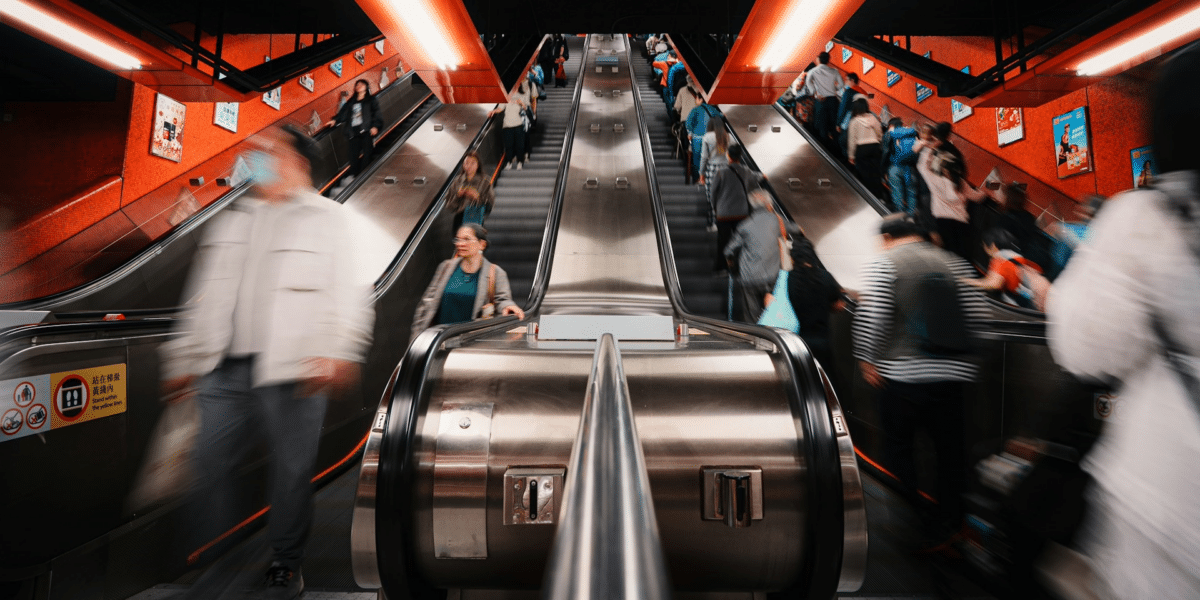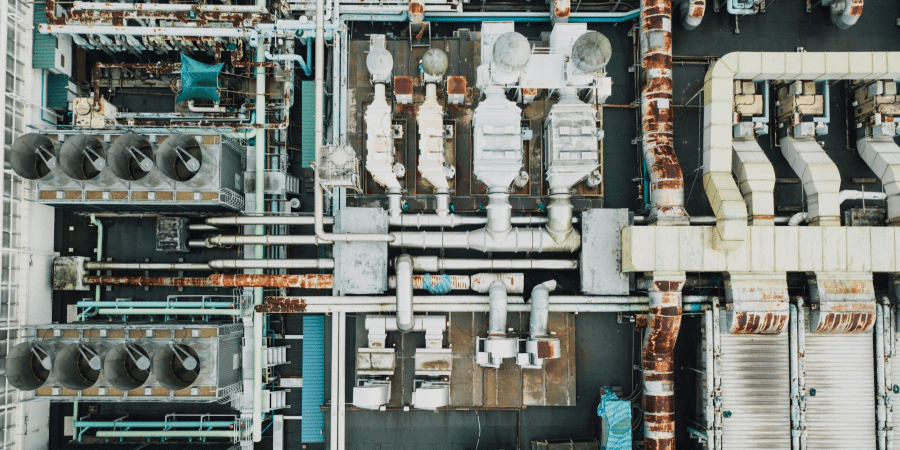How Women Thrive in Creative Fields: Breaking Barriers and Making an Impact
In today’s rapidly evolving world, women are making significant strides in various creative fields, including art, design, writing, filmmaking, and more. Despite facing historical challenges and systemic barriers, women continue to push boundaries, challenge norms, and leave a lasting impact on the creative landscape. In this article, we’ll explore how women thrive in creative fields, highlighting their contributions, achievements, and the factors that contribute to their success.
The Rise of Women in Creative Fields
Over the past few decades, there has been a noticeable increase in the representation of women in creative fields. More women are pursuing careers in art, design, writing, filmmaking, and other creative industries than ever before. This rise can be attributed to several factors, including increased access to education and resources, greater visibility of successful female role models, and changing societal attitudes towards gender equality and diversity in the workplace.
Creative Expression and Empowerment
For many women, creative fields provide a platform for self-expression, empowerment, and storytelling. Through their work, women are able to explore and share their unique perspectives, experiences, and voices with the world. Whether through visual art, literature, film, or design, women use their creativity to challenge stereotypes, advocate for social change, and inspire others to embrace their own creativity and individuality.
Collaboration and Community
Collaboration and community play a significant role in helping women thrive in creative fields. Women often form networks, support groups, and mentorship programs to connect with other creatives, share resources, and exchange ideas. These communities provide women with a sense of belonging, encouragement, and solidarity, helping them navigate challenges, overcome obstacles, and pursue their creative passions with confidence and resilience.
Breaking Barriers and Challenging Norms
Despite progress, women in creative fields still face barriers and challenges, including gender bias, unequal representation, and limited opportunities for advancement. However, many women are actively working to break down these barriers and challenge traditional norms and stereotypes. Through their work and advocacy efforts, women are demanding greater recognition, representation, and equal opportunities in the creative industry.
Leadership and Innovation
Women in creative fields are not only making their mark as artists and creators but also as leaders and innovators. Many women are leading creative agencies, design firms, publishing houses, and production companies, driving innovation, and shaping the future of their respective industries. Their leadership brings a fresh perspective, diverse viewpoints, and new approaches to problem-solving, driving positive change and pushing boundaries in creative fields.
Overcoming Challenges and Adversity
Despite the progress made, women in creative fields still face unique challenges and adversity. From navigating male-dominated spaces to balancing work and family responsibilities, women must overcome various obstacles on their journey to success. However, many women draw strength from their experiences, resilience, and determination, using adversity as fuel to propel them forward and achieve their goals.
Celebrating Achievements and Milestones
It’s essential to celebrate the achievements and milestones of women in creative fields and acknowledge their contributions to the cultural and artistic landscape. Whether it’s winning prestigious awards, publishing groundbreaking work, or breaking new ground in their respective fields, women’s accomplishments deserve recognition and celebration. By shining a spotlight on their achievements, we can inspire future generations of women to pursue their passions and make their mark in creative fields.
The Creative Field is Almost Level Today
In conclusion, women continue to thrive in creative fields, breaking barriers, challenging norms, and making a significant impact on the cultural and artistic landscape. Through their creativity, innovation, and leadership, women are reshaping industries, advocating for change, and inspiring others to embrace their own creative potential. While challenges persist, women’s resilience, determination, and collective efforts are driving progress towards greater gender equality and diversity in creative fields. As we celebrate the achievements and contributions of women in creative fields, let us continue to support and empower them to reach new heights and create a more inclusive and equitable creative industry for all.













